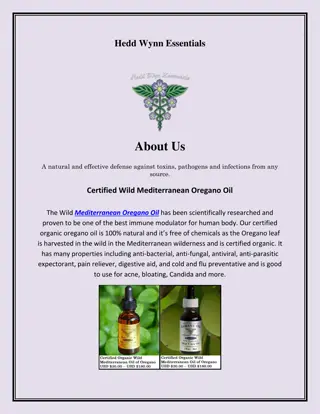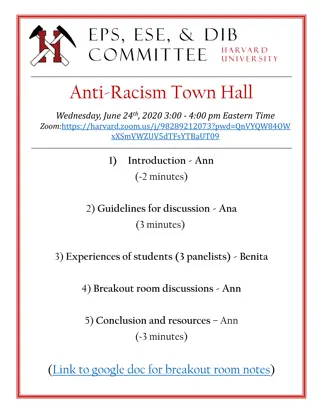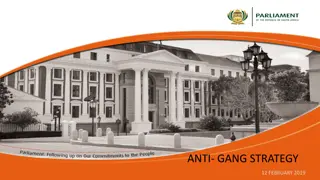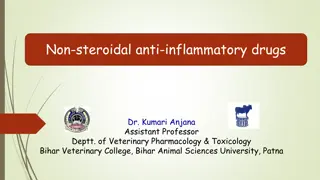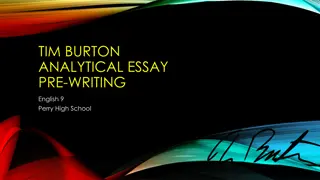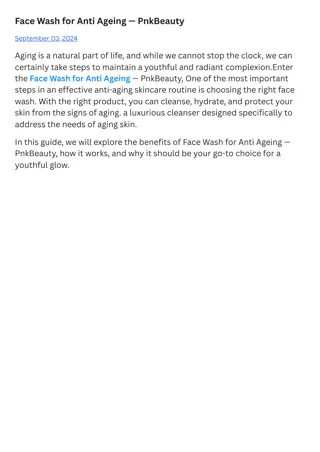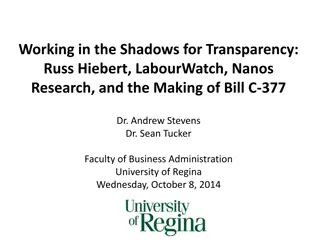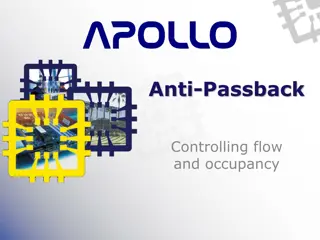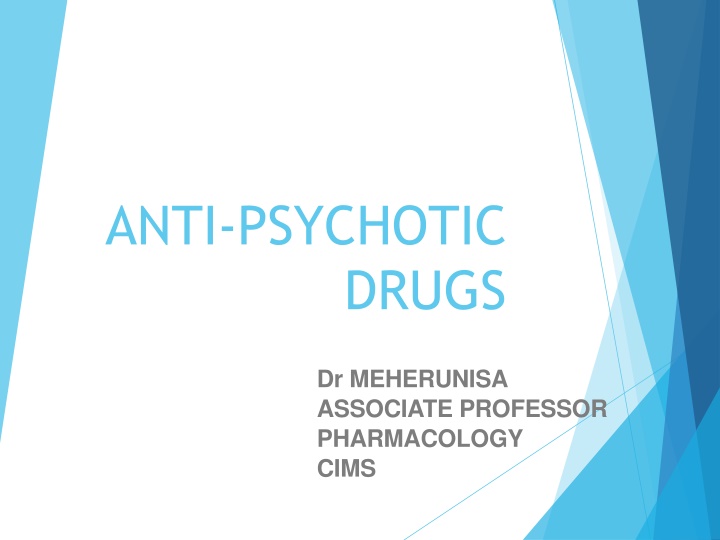
Schizophrenia and Antipsychotic Medications
Explore a case scenario of a 45-year-old male patient with paranoid schizophrenia symptoms, diagnosed according to DSM-V-TR criteria. Learn about the effectiveness of antipsychotic treatment and the distinction between psychosis and neurosis in psychiatric disorders.
Download Presentation

Please find below an Image/Link to download the presentation.
The content on the website is provided AS IS for your information and personal use only. It may not be sold, licensed, or shared on other websites without obtaining consent from the author. If you encounter any issues during the download, it is possible that the publisher has removed the file from their server.
You are allowed to download the files provided on this website for personal or commercial use, subject to the condition that they are used lawfully. All files are the property of their respective owners.
The content on the website is provided AS IS for your information and personal use only. It may not be sold, licensed, or shared on other websites without obtaining consent from the author.
E N D
Presentation Transcript
ANTI-PSYCHOTIC DRUGS Dr MEHERUNISA ASSOCIATE PROFESSOR PHARMACOLOGY CIMS
CASE SCENARIO A 45 year old male patient was brought to the casualty in agitated state .His wife complains that he is agitated, talkative and keeps on mumbling to himself and does not sleep well at night. When asked about his mumbling, he says that his wife and children are trying to poison him. He has been talking to his mother about this & believes that only she can save him.( according to his wife , the mother passed away 20 yrs ago)
Family h/o father & mother not alive.3 siblings. One brother is admitted to mental asylum. others normal. 2 children - both normal. Past h/o he had similar symptoms and was on treatment, but discontinued as soon as his symptoms disappeared. O/E Well built, but poorly nourished. Poor hygiene. Weight- 50 kg. He is anxious, worried and suspicious of the interviewer. He is well oriented, but keeps on talking to himself. All systems within normal limits. Biochemical parameters normal, ECG- normal
1) What is yourdiagnosis? Schizophrenia- paranoid (DSM-V-TR) DSM-V-TR Diagnostic Criteria for Schizophrenia Two (or more) of the following, each present for asignificant portion of time during a 1-monthperiod delusions hallucinations disorganized speech grossly disorganized or catatonic behaviour negative symptoms, i.e., affective flattening, alogia, avolition, anhedonia
Treatment was started and within 2 weeks he became less agitated and started taking interest in himself & surroundings & became more co- operative. Sleeps well at night. After 4 weeks of treatment, he began to socialise with his family and neighbours but still continues to have auditory hallucinations. Adequate dose adjustment was done. After 6 months of treatment , all his symptoms subsided. O/E adequately nourished. Wt 63 kg. Very co-operative. Answering to all questions. Biochemistry :RBS- 180 mg %. Urine sugar +ve others normal, ECG normal
PSYCHIATRIC DISORDERS 2 Types - PSYCHOSIS / NEUROSIS PSYCHOSIS - Insight is absent Refuses to take treatment Schizophrenia & Mood disorders NEUROSIS Less serious ,insight is present Anxiety, OCD, PTSD, Phobias
2) Name the older /classical /typical /1st generation antipsychotics. (NEUROLEPTICS) A) Phenothiazines Chlorpromazine Aliphatic derivatives Triflupromazine Thioridazine Piperidene derivatives Mesoridazine Fluphenazine Piperazine derivatives Perphenazine Trifluoperazine
B) Thioxanthenes Thiothixene Chlorprothixene Flupenthixol C) Butyrophenone Derivatives Haloperidol Droperidol Penfluridol D) Others Pimozide ,Loxapine, Molindone
Clinical classification Low potent: eg .Chlorpromazine, Thioridazine Mid potent: eg. Trifluperazine, Perphenazine High potent: eg .Haloperidol, Fluphenazine, Thiothixene
3) Atypical / 2nd generationantipsychotics Clozapine Olanzapine Risperidone Quetiapine Aripiprazole Ziprasidone Lurasidone Paliperidone Iloperidone Sertindole Asenapine Zotepin Amisulpride
4. How will you treat his present agitated state? Treatment during the acute phase focuses on alleviating the most severe psychotic symptoms.This phase usually lasts from 4 to 8 weeks.Antipsychotics and benzodiazepines can result in relatively rapid calming of patients. Haloperidol Fluphenazine Olanzapine LessEPS Ziprasidone
BZD Lorazepam (Ativan) has the advantage of reliable absorption when it is administered either orally or intramuscularly. The use of benzodiazepines may also reducethe amount of antipsychotic that is needed to control psychotic patients.
5) Name a drug that can be used immediately to control his symptoms. Mention its route and onset of action? Parenteral short acting drugs Haloperidol- 5-10 mg intramuscular Onset of action- 30-60 mts repeated at 4-8 hrs for the first 24-72hrs. Other drugs- fluphenazine olanzapine ziprasidone Other option- BZD
6) Will you use injectable long acting depot preparation to control his symptoms in phase? Why? acute NO take months to reach a steady-state concentration and are eliminated very slowly difficult to correlate clinical effect with dosage, and it is extremely difficult to make dosage adjustments to manage side effects.
7) Name the drugs which are available as long acting preparations. Mention its indications? Fluphenazine Haloperidol long-acting decanoate injections Risperidone
8) Once his agitation & other symptoms are controlled, which drug can we use to stabilize him? Any atypical agent to control symptoms acute stage stabilization stage stable stage
9) How long should you continue the treatment for stabilisation? 6 months
10) How does this drug act? Dopamine Psychosis Mesolimbic-mesocortical- behaviour, cognition Nigrostriatal- vol movement coordination Tuberoinfundibular suppresses prolactin secretion Medullary periventricular eating Incertohypothalamic copulatory behaviour D2, 5HT2A,D4,D1 -Antagonism
11) What are its adverse effects? Cardiovascular 1. Cerebrovascular 2. Neurological EPS 3. Metabolic 4. Blood 5. Skin eruptions 6. Ocular 7. GI & hepatic S/E 8.
12) What is meant by SDA? Serotonin Dopamine Antagonist- secondgeneration antipsychotics.
13) Comment on the efficacy and potency of antipsychotics. Efficacy Positive symptoms- new drugs equal to olddrugs Negative symptoms- newer ones are superior Potency high (e.g., haloperidol) low (e.g., chlorpromazine), intermediate (e.g., loxapine) affinity for D2 receptor
14) What are the extrapyramidal side effects likely to occur?
REACTION FEATURES TIME OFMAXIMAL RISK TREATMENT Acute dystonia Spasm of muscles of tongue, 1 to 5 days face, neck, back; may mimic seizures; not hysteria Antiparkinsonian agents are diagnostic and curative Akathisia Motor restlessness;not anxiety or "agitation" 5 to 60 days Reduce dose or change drug; antiparkinsonian agents,a benzodiazepines or propranolol b mayhelp Antiparkinsonian agents helpfula Parkinsonism Bradykinesia, rigidity, variable tremor, mask facies, shuffling gait Catatonia, stupor, fever, unstable blood pressure, myoglobinemia; can be fatal stopping neuroleptic bromocriptine c mayhelp; 5 to 30 days; can recur even after a single dose Weeks; can persist for days after Neuroleptic malignant syndrome Stop neuroleptic immediately; dantrolene or antiparkinsonian agentsnot effective Antiparkinsonian agents often helpa Perioral tremor ("rabbit syndrome") Tardive dyskinesia Perioral tremor (may be a late variant of parkinsonism) years of treatment After months or Oral-facial dyskinesia; widespread choreoathetosis years of treatment or dystonia After months or Prevention crucial; treatment unsatisfactory (worse on withdrawal)
15) What are the antipsychotics C/I in patients with heart disease? Prolonged QT interval- Thioridazine 1. Pimozide 2. High doses of haloperidol 3. Ziprasidone 4. Myocarditis & cardiomyopathy- clozapine
16) What are the metabolic adverse effects likely to occur with antipsychotics? 1. Weight gain- max- clozapine & olanzapine Risperidone produces intermediate weight gain Quetiapine and ziprasidone produce the leastweight gain. 2. Hyperglycemia ,hyperlipidemia, exacerbation of existing type 1 and 2 DM, new-onset type 2 DM, and diabetic ketoacidosis.
17) Name the antipsychotic causing retinopathy. Thioridazine 18) What are its other significant adverse effects? Comment on the extrapyramidal A/E produced by this drug. Low incidence of adverse EPS increasedcentral antimuscarinic activity Depressant effects on cardiac conduction andrepolarization. Impaired ejaculation- alpha blockade,anticholinergic
19) Name the antipsychotic producing hypersalivation. Why does it cause that? how will you treat it? Clozapine Muscarnic agonism at M4 receptors. Clonidine , anticholinergics, amitriptyline,scopolamine patch, ipratropium sublingual spray ,atropine 1%solution, botulinum toxin
20) Name the longest acting antipsychotic. What are its other advantages? Aripiprazole Aripiprazole and its active metabolite t 75 and 94 hrs Adv Long t partial DA agonist, enhance action at these receptors when there is a low concentration of dopamine andwould block the actions of high concentrations ofdopamine Min weight gain Lower EPS Produces no elevation of prolactin
21) Mention the indications & contraindications of clozapine? Treatment of refractory schizophrenia. Clozapine is the first drug to be FDA approved foran antisuicide indication in schizophrenia pts.
Contraindications to clozapine H/o myeloproliferative disorder Uncontrolled epilepsy Paralytic ileus Clozapine-induced agranulocytosis or granulocytopenia with caution patients who cannot tolerate anticholinergic effects. at risk for drug-induced orthostasis. significant renal or hepatic disease.
22)How will you monitor a patient on clozapine? Monitoring of WBC count Weekly monitoring- 6 months Every 3 weeks next 6 months Monthly there after. Monitoring of body weight, lipid profile, blood glucose level also important.
23) Name the antipsychotic with antianxiety & antidepressant action. What are its advantages and disadvantages? Ziprasidone antianxiety & antidepressant Adv im formulation Min metabolic A/E, EPS, sedation Disadv Short t Cardiac depressant action
24)Name the atypical agent preferred in autism? What are its advantage and disadvantage ? Risperidone ADV- similar to other atypical drugs, though EPS more than the other atypical drugs DISADV- hyperprolactinemia
25) Name the only antipsychotic given sublingually. Asenapine 26) Name a 1st generation antipsychotic with metabolic side effects. ( Wt gain, Hyperglycemia,Hypertriglyceremia) Chlorpromazine
27) Other uses of antipsychotic agents The older neuroleptics (most commonlyprochlorperazine) drug-induced nausea/vomiting. Intractable hiccups - Chlorpromazine. Tourette's disorder - Pimozide, Risperidone and haloperidol. Anxiety disorders (OCD,PTSD) Quetiapine,Risperidone Huntington s chorea Autism Risperidone,Aripiprazole Neuroleptic anesthesia Droperidol + Fentanyl Menon s Lytic cocktail regime CPZ + Pethidine +Promethazine








